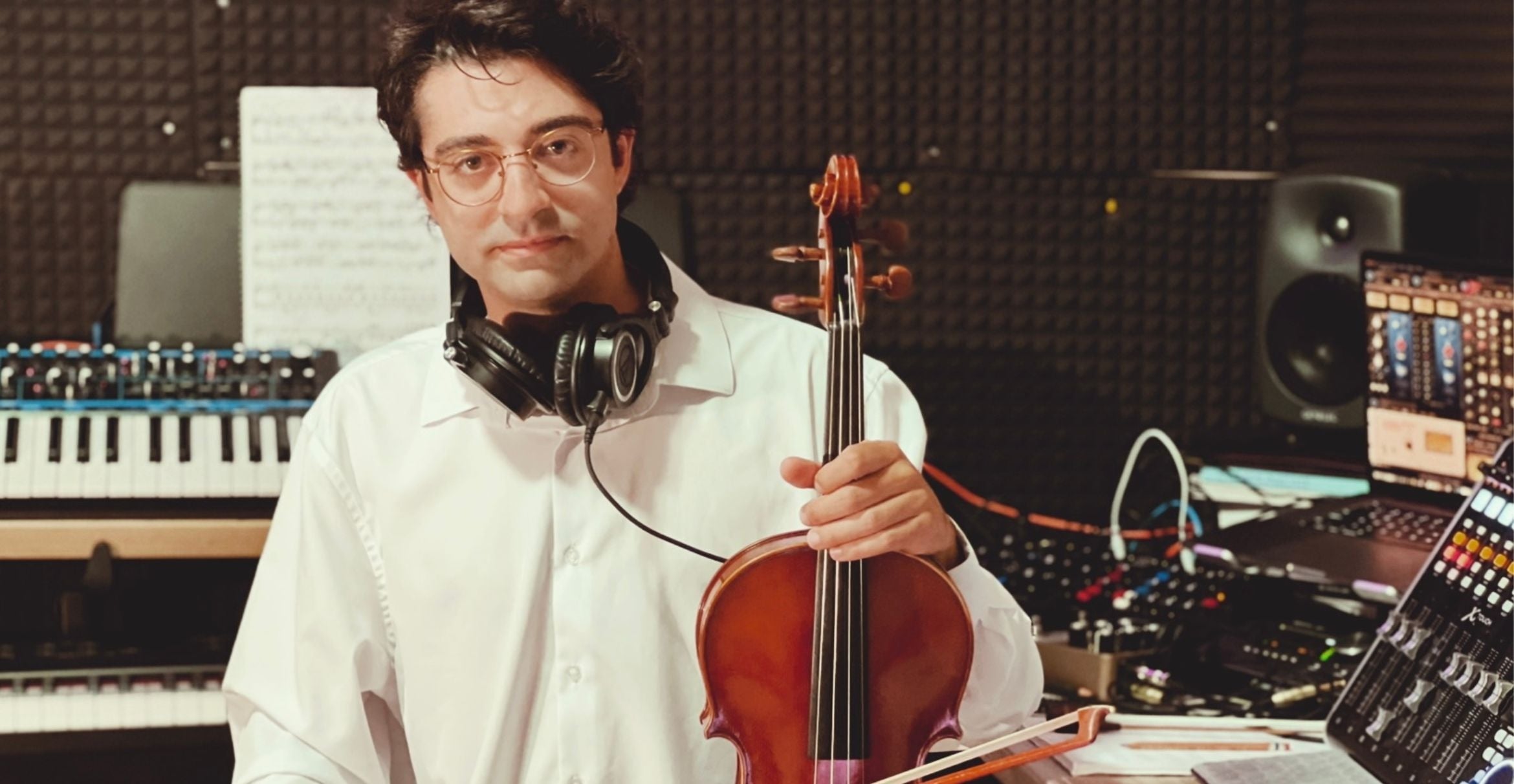
Master Artists of Japan Bring Living Traditions to UCSB

In the spirit of cultural ambassadorship — and in gratitude for the support the United States showed following the devastating earthquake and tsunami in 2011 — a group of master artists from Japan will share three national heritage practices with audiences at UC Santa Barbara.
Among the practices are the renowned noh drama presented by actor Katayama Kuroemon X with the assistance of actor Aoki Michiyoshi; lessons in the techniques of traditional Kyoto-style cooking and a discussion of their importance in Japanese family life by traditional cuisine expert Sugimoto Setsuko; and an introduction to the rebuilding and rededication processes of the great Imperial shrines from photographer Masuura Yukihito.
The artists, all of the highest caliber, will perform, demonstrate and explain their respective expertise and address the topic of handing down the knowledge and methods their work encompasses.
The weeklong program includes a noh demonstration and workshop at 3:30 p.m. on Monday, Jan. 27, and a performance at 7 p.m. on Tuesday, Jan. 28, all taking place in the campus’s Old Little Theater; a shrine photography exhibition at the UCSB College of Creative Studies Gallery; a Kyoto traditional cuisine demonstration at 4 p.m. on Thursday, Jan. 30 at the campus’s MultiCultural Center; and a Kyoto traditional cuisine lecture presentation at 4 p.m. on Friday, Jan. 31, in the McCune Conference Room, 6020 Humanities and Social Sciences Building.
All campus events are free and open to the public. Seating is limited, however, and reservations are required.
A fifth event, “Master Artists From Japan: Theater, Culinary Arts, and the Rebuilding of the Shrine,” will take place at 5:30 p.m. in the Mary Craig Auditorium at the Santa Barbara Museum of Art. Reservation and ticket information is available at http://sbma.net/programs/events.web.
“The overarching idea is not just one of passing down the arts from one generation to the next, but of how the very existence of these arts is found in the process of transmission, and how traditional practices renew their appeal through each new generation of family specialists,” said Katherine Saltzman-Li, a professor in UCSB’s Department of East Asian Languages & Cultural Studies and director of the series.
Noh theater, for example, with its highly stylized movements and artistic use of voice, dates back to the late 14th century. “But it hasn’t been one thing over those hundreds of years,” said Saltzman-Li. “It has adapted to changing social and political times.” The most difficult adaptation, she noted, was in the late 19th and early 20th centuries when Japan changed so drastically. “Noh might have been lost,” she said, “but it’s flourishing today.”
Over the course of his two days of presentations, Katayama will perform scenes from several noh plays, and will focus on the art and performance of noh through a lesson in noh chanting. “It will be like having your first lesson in opera singing from a top Met star,” Saltzman-Li said.
Drawing on a history that reaches back 11 generations, Japanese traditional cuisine expert Sugimoto will discuss Kyoto home cooking, as well as her family’s house and practices over the last few hundred years as they have bridged the pre-modern and modern periods. According to Saltzman-Li, Sugimoto is a descendant of a merchant family that has occupied the ancestral home — Sugimoto-ke Jūtaku — since pre-modern times.
The home is not only an Important National Cultural Property but also recognized as one of the largest traditional townhouses in Kyoto. The garden of the Sugimoto residence has been similarly designated by the Japanese government as a place of scenic beauty.
While Masuura’s commercial photography does not draw on traditional practices passed down from one generation to another, the subject matter of his photo essay most certainly does. Bringing an artist’s eye to the process, Masuura has been documenting the process of rebuilding the Imperial shrines of Japan. “In this case, the shrines comprise the cultural legacy. The focus of the artist’s work is on the rebuilding of shrine structures and the ceremonies associated with the several-year process that has taken place on a regular basis for over a thousand years,” said Saltzman-Li.
Masuura’s work will be on display through Friday, Jan. 31.
Complete information about the series, including RSVP forms, can be found at http://masterartistsfromjapan.weebly.com



